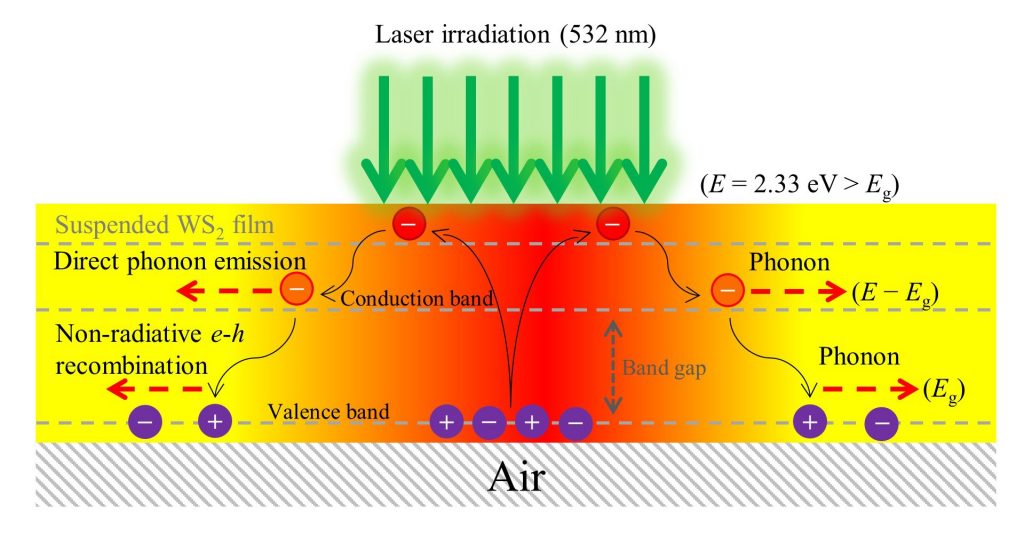
Flexible circuits, sensors, and low power transistors could become more feasible with the help of a research grant recently awarded to a mechanical engineering professor.
Xinwei Wang, a professor of mechanical engineering, recently received a $337,730 grant from the National Science Foundation’s Division of Chemical, Bioengineering, Environmental, and Transport Systems. The project, “Conjugated Energy Transport and Hot Carrier Diffusion in 2D Transition Metal Dichalcogenides: Novel Characterization toward Fundamental Understanding,” will examine two-dimensional transition metal dichalcogenides, or TMDs, which are semiconductive in nature and possess huge potential for ultra-small and low power transistors, according to Wang. In addition to sharing the similarities of a bandgap in the visible-near infrared range, high carrier mobility, and on/off ratio with silicon, TMDs can be deposited onto flexible substrates and survive the stress and strain compliance of flexible supports.

“In this project, we will conduct further development of our novel energy transport state-resolved Raman, or ET-Raman, to construct and probe continuous wave, nanosecond and picosecond energy transport states, to distinguish and measure the hot carrier diffusivity, phonon thermal conductivity, interface thermal resistance for supported TMDs, and electron-hole nonradiative recombination coefficient for mono-layered TMDs,” said Wang.
“Also technically, this ET-Raman will eliminate the very large and less-controllable uncertainties encountered in steady-state Raman, and bring the physics understanding to an unprecedented higher level. We will also investigate the effect of physical structure, substrate, and temperature on the three transport processes: hot carrier diffustion, in-plane phonon transport, and cross-interface energy transport for supported TMDs.”
The findings of this research can have a wide range of applications from the development of micro-sized electronic devices to the storage of energy, which can have an impact in Iowa where roughly one third of the state’s electricity is generated from wind power.
Work on this project will begin on Sept. 1, 2019 and funding will continue through August 2022.